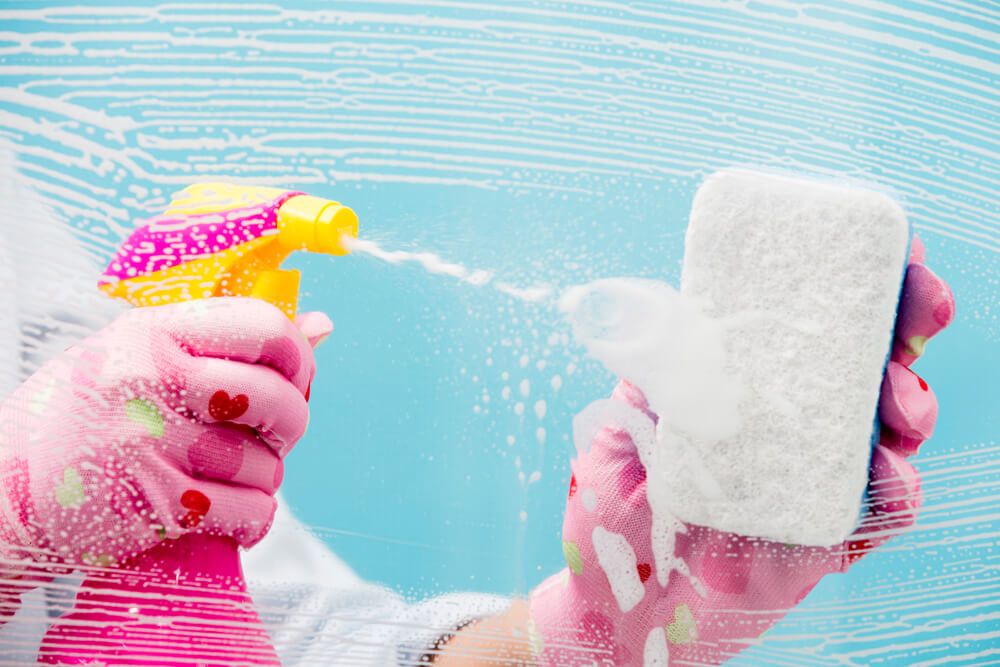1. Sodium Sulphate
Sodium Sulphate Anhydrous is a white crystalline powder that is commonly used as a drying agent in the chemical industry. It is also used as a filler in detergents and as a raw material in the production of glass, textiles, and paper. Sodium Sulphate Anhydrous is a non-toxic and non-corrosive substance that is easy to handle and transport, making it a popular choice for a variety of industrial applications. It is also used in the pharmaceutical industry as a laxative and in the food industry as a flavoring agent.
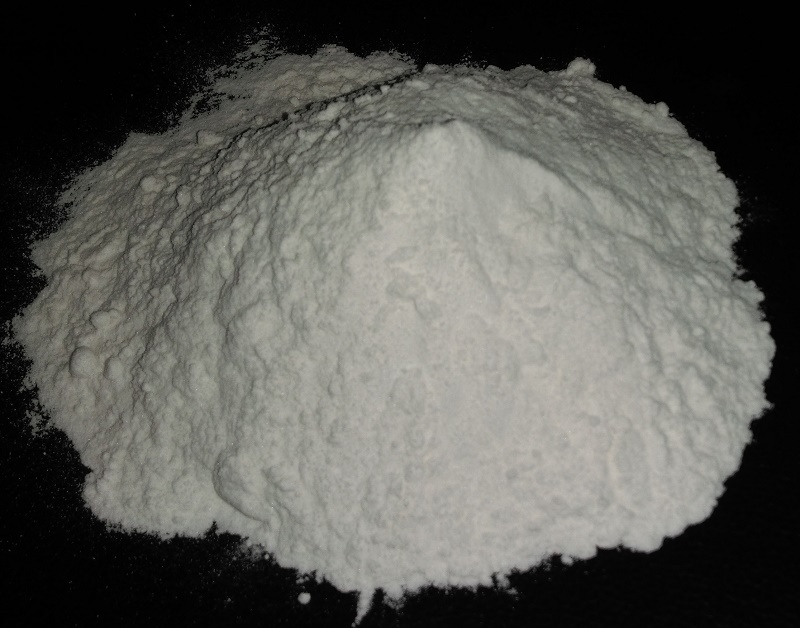
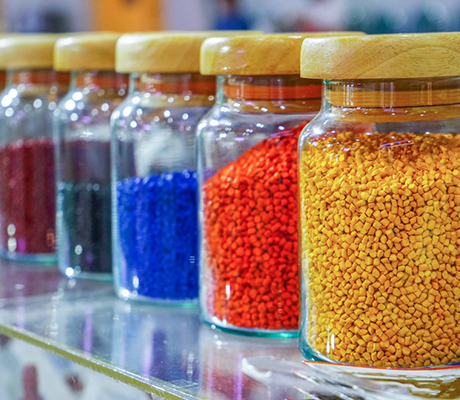
2. Tetra Sodium of Hydroxy Ethylidene Diphosphonic Acid
Commonly known as HEDP Na4, is a water-soluble white powder that is widely used in the water treatment industry. It is a chelating agent that can form stable complexes with metal ions, preventing the formation of scales and corrosion in water systems. HEDP Na4 is also used in the textile, oil, and gas industries as a scale inhibitor and corrosion inhibitor. Additionally, it finds applications in the detergent industry as a builder and in the paper industry as a pulp and paper bleach stabilizer.
3. Colored Speckles
Colored speckles are small, colorful particles that are added to laundry detergents and other cleaning products to enhance their appearance and provide a decorative effect. These speckles are typically made from a mixture of various ingredients, including sodium sulphate, sodium chloride, sodium carbonate, and pigments. Colored speckles are available in a wide range of colors, sizes, and shapes, and they can be customized to meet the specific needs of different products. In addition to their aesthetic value, colored speckles can also provide functional benefits, such as helping to evenly distribute the detergent or cleaning agent during use.
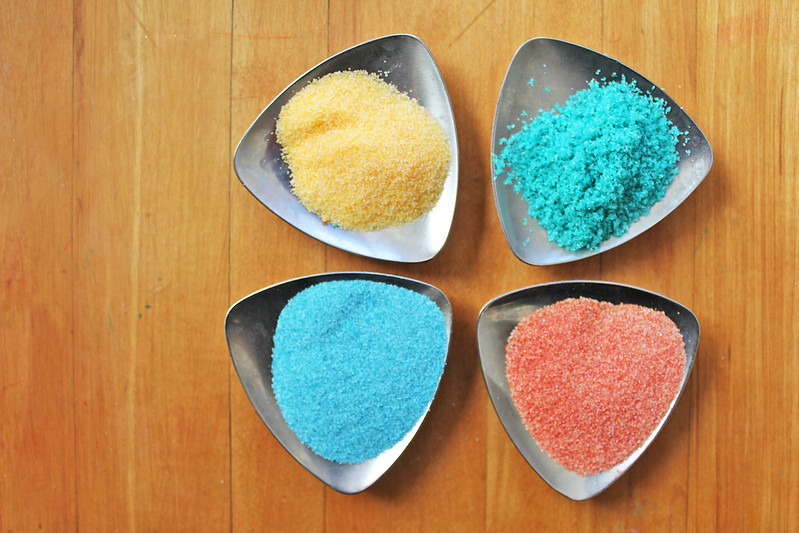
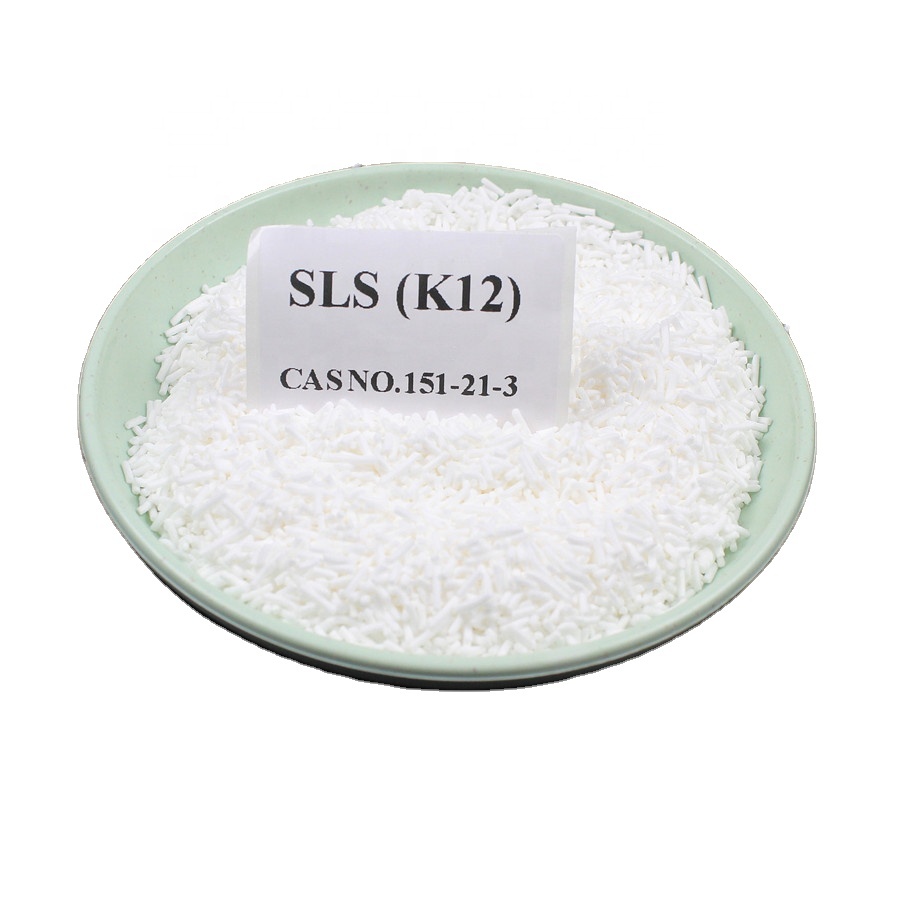
4. SLS PAAS NEEDLES
SLS PAAS Needles refer to a product that is made up of a blend of two chemicals: Sodium Lauryl Sulfate (SLS) and Polyacrylic Acid (PAAS), which are available in the form of small needle-shaped particles. These needles are widely used in the detergent industry as a builder, as they can enhance the cleaning efficiency of detergents by improving their ability to remove dirt and stains. SLS PAAS Needles work by binding to mineral ions in water, thereby preventing them from interfering with the cleaning process. They are also used in other applications, such as in water treatment, oil recovery, and the production of paper and textiles.
5. SODIUM CARBOXY METHYLCELLULOSE GRADE
Sodium Carboxy Methylcellulose, commonly known as CMC, is a white to off-white powder that is widely used in various industries as a thickener, binder, stabilizer, and emulsifier. It is derived from cellulose, a natural polymer found in plants, and is modified by adding carboxymethyl groups to its structure. CMC is soluble in water and forms a viscous, clear solution that is stable over a wide range of temperatures and pH levels.
In the food industry, CMC is used as a thickener, emulsifier, and stabilizer in a variety of products, including ice cream, baked goods, and sauces. It is also used in the production of dietetic foods, as it has the ability to increase the viscosity of food products without adding calories.
In the pharmaceutical industry, CMC is used as a binder in tablet formulations, as well as a thickener and stabilizer in ointments, creams, and suspensions. It is also used in the production of personal care and cosmetic products, such as toothpaste, shampoo, and lotion, as a thickener, emulsifier, and stabilizer. In addition, CMC is used in the oil drilling industry as a fluid thickener and in the paper industry as a coating and sizing agent.
In the food industry, CMC is used as a thickener, emulsifier, and stabilizer in a variety of products, including ice cream, baked goods, and sauces. It is also used in the production of dietetic foods, as it has the ability to increase the viscosity of food products without adding calories.
In the pharmaceutical industry, CMC is used as a binder in tablet formulations, as well as a thickener and stabilizer in ointments, creams, and suspensions. It is also used in the production of personal care and cosmetic products, such as toothpaste, shampoo, and lotion, as a thickener, emulsifier, and stabilizer. In addition, CMC is used in the oil drilling industry as a fluid thickener and in the paper industry as a coating and sizing agent.

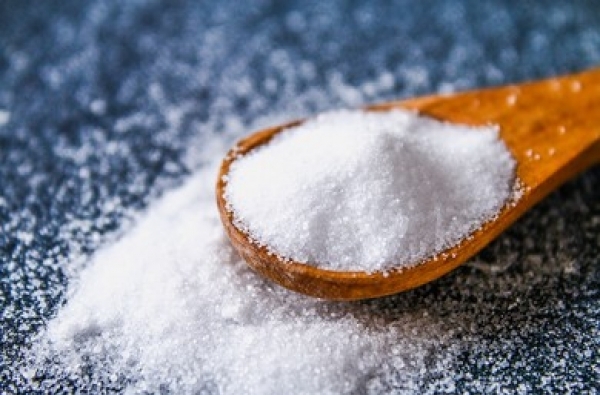
6. SALT
With unparalleled quality and authenticity, Prime Salt® is the leading Salt manufacturer, supplier, and exporter of premium-quality salt products. Since 2020, our dedication to quality has allowed us to become the most trusted source of Himalayan rock salt products. With quality assurance and timely delivery, we have expanded our presence to over 8 countries. We are reliable and trusted partners for many businesses worldwide.
Our goal is to provide state-of-the-art salt products throughout the process, from mining to manufacturing and supply while remaining in compliance with international standards. As the leading Salt Supplier, we are committed to providing the finest quality salt products at market competitive prices, whether you are a wholesaler, a supplier, or a brand. Take advantage of our high production capacity and bulk packaging options to enjoy premium quality salt products. We offer integrated private labeling to our valued clients tailored to their target audience needs.
Our goal is to provide state-of-the-art salt products throughout the process, from mining to manufacturing and supply while remaining in compliance with international standards. As the leading Salt Supplier, we are committed to providing the finest quality salt products at market competitive prices, whether you are a wholesaler, a supplier, or a brand. Take advantage of our high production capacity and bulk packaging options to enjoy premium quality salt products. We offer integrated private labeling to our valued clients tailored to their target audience needs.
7. Citric Acid
Citric acid is a weak organic acid that is commonly used in the food, pharmaceutical, and cosmetic industries. It is a white crystalline powder that is highly soluble in water, with a sour taste and a citrus-like aroma.
In the food industry, citric acid is used as a flavoring agent, preservative, and acidulant. It is commonly used in soft drinks, candies, jams, and jellies, as well as in the production of cheese and other dairy products. Citric acid is also used as a natural preservative in foods, as it can help to prevent the growth of bacteria and mold.
In the pharmaceutical industry, citric acid is used as an excipient in the production of medications, as it can help to improve the solubility and stability of certain drugs. It is also used in the production of cosmetics and personal care products, such as soaps, shampoos, and skin creams, as a pH adjuster and preservative.
In addition to its uses in the food, pharmaceutical, and cosmetic industries, citric acid is also used in other applications, such as in the production of detergents and cleaners, as well as in the metal finishing industry as an etchant and cleaner.
In the food industry, citric acid is used as a flavoring agent, preservative, and acidulant. It is commonly used in soft drinks, candies, jams, and jellies, as well as in the production of cheese and other dairy products. Citric acid is also used as a natural preservative in foods, as it can help to prevent the growth of bacteria and mold.
In the pharmaceutical industry, citric acid is used as an excipient in the production of medications, as it can help to improve the solubility and stability of certain drugs. It is also used in the production of cosmetics and personal care products, such as soaps, shampoos, and skin creams, as a pH adjuster and preservative.
In addition to its uses in the food, pharmaceutical, and cosmetic industries, citric acid is also used in other applications, such as in the production of detergents and cleaners, as well as in the metal finishing industry as an etchant and cleaner.
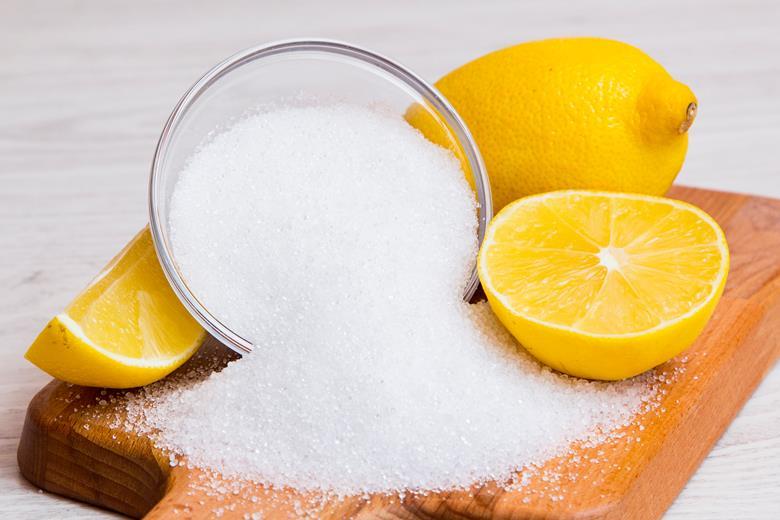

8. Phosphoric Acid
Phosphoric acid is a colorless, odorless liquid with a syrupy consistency that is widely used in various industries. It is a strong mineral acid that is produced by reacting phosphate rock with sulfuric acid.
In the food industry, phosphoric acid is used as an acidulant, flavoring agent, and preservative. It is commonly used in soft drinks, as well as in the production of cheese, jams, and jellies.
In the pharmaceutical industry, phosphoric acid is used as an excipient in the production of medications, as it can help to improve the solubility and stability of certain drugs. It is also used in the production of cosmetics and personal care products, such as toothpaste and skin creams.
In addition, phosphoric acid is used in the fertilizer industry as a source of phosphorus for plant growth. It is also used in the metal finishing industry as an etchant and cleaner, and in the production of detergents and cleaners. In the chemical industry, it is used as a catalyst and a starting material for the production of other chemicals.
Phosphoric acid can be hazardous to handle, as it is a strong acid that can cause severe skin and eye irritation, and can be corrosive to metals. Therefore, proper safety precautions and handling procedures must be followed when working with this substance.
In the food industry, phosphoric acid is used as an acidulant, flavoring agent, and preservative. It is commonly used in soft drinks, as well as in the production of cheese, jams, and jellies.
In the pharmaceutical industry, phosphoric acid is used as an excipient in the production of medications, as it can help to improve the solubility and stability of certain drugs. It is also used in the production of cosmetics and personal care products, such as toothpaste and skin creams.
In addition, phosphoric acid is used in the fertilizer industry as a source of phosphorus for plant growth. It is also used in the metal finishing industry as an etchant and cleaner, and in the production of detergents and cleaners. In the chemical industry, it is used as a catalyst and a starting material for the production of other chemicals.
Phosphoric acid can be hazardous to handle, as it is a strong acid that can cause severe skin and eye irritation, and can be corrosive to metals. Therefore, proper safety precautions and handling procedures must be followed when working with this substance.
9. Polyvinyl Alcohol
Polyvinyl alcohol (PVA) is a water-soluble synthetic polymer that is used in a wide range of applications due to its unique properties. It is a white to cream-colored powder or flakes that is odorless and tasteless.
In the paper industry, PVA is used as a coating agent to improve the strength, brightness, and printability of paper. It is also used as a binder in the production of paper and paperboard products.
In the textile industry, PVA is used as a sizing agent to improve the strength and stiffness of fabrics, as well as to prevent the yarns from breaking during weaving. It is also used as a water-soluble film in embroidery and lace-making.
In the construction industry, PVA is used as a bonding agent in cement and mortar mixtures, as well as a water-resistant coating for concrete surfaces.
In the food industry, PVA is used as a packaging material for food products, as it is a non-toxic and water-soluble material that can provide a barrier to moisture and oxygen.
PVA is also used in the production of adhesives, coatings, and sealants, as well as in the manufacture of personal care and cosmetic products, such as hair sprays and lotions. It is a versatile and widely used polymer due to its unique properties, such as water solubility, film-forming ability, and adhesion.
In the paper industry, PVA is used as a coating agent to improve the strength, brightness, and printability of paper. It is also used as a binder in the production of paper and paperboard products.
In the textile industry, PVA is used as a sizing agent to improve the strength and stiffness of fabrics, as well as to prevent the yarns from breaking during weaving. It is also used as a water-soluble film in embroidery and lace-making.
In the construction industry, PVA is used as a bonding agent in cement and mortar mixtures, as well as a water-resistant coating for concrete surfaces.
In the food industry, PVA is used as a packaging material for food products, as it is a non-toxic and water-soluble material that can provide a barrier to moisture and oxygen.
PVA is also used in the production of adhesives, coatings, and sealants, as well as in the manufacture of personal care and cosmetic products, such as hair sprays and lotions. It is a versatile and widely used polymer due to its unique properties, such as water solubility, film-forming ability, and adhesion.

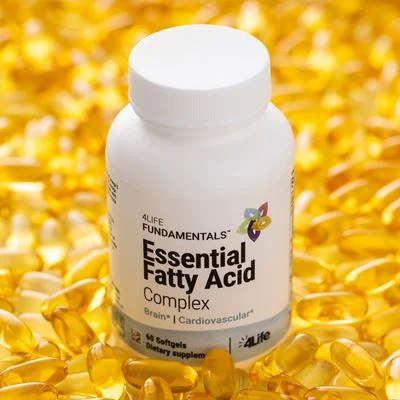
10. Fatty Acid
Fatty acids are organic compounds that are essential building blocks for lipids, which are the main component of fats and oils. They are long-chain hydrocarbons that contain a carboxyl group at one end and a methyl group at the other end.
Fatty acids play a crucial role in many biological processes, including energy storage and transfer, membrane structure and function, and cell signaling. They are also important for the production of hormones and other signaling molecules in the body.
In the food industry, fatty acids are used in the production of fats and oils for cooking and baking, as well as in the production of margarine and other spreads. They are also used in the production of many food additives, such as emulsifiers, flavoring agents, and preservatives.
In the pharmaceutical industry, fatty acids are used in the production of medications, such as anti-inflammatory drugs and cholesterol-lowering agents. They are also used in the production of cosmetic and personal care products, such as soaps, shampoos, and skin creams.
Fatty acids are classified based on their length and degree of saturation. Saturated fatty acids have no double bonds in their carbon chains, while unsaturated fatty acids have one or more double bonds. The length of the carbon chain can also vary, ranging from short-chain fatty acids to long-chain fatty acids. The properties and uses of different types of fatty acids depend on their specific structure and chemical properties.
Fatty acids play a crucial role in many biological processes, including energy storage and transfer, membrane structure and function, and cell signaling. They are also important for the production of hormones and other signaling molecules in the body.
In the food industry, fatty acids are used in the production of fats and oils for cooking and baking, as well as in the production of margarine and other spreads. They are also used in the production of many food additives, such as emulsifiers, flavoring agents, and preservatives.
In the pharmaceutical industry, fatty acids are used in the production of medications, such as anti-inflammatory drugs and cholesterol-lowering agents. They are also used in the production of cosmetic and personal care products, such as soaps, shampoos, and skin creams.
Fatty acids are classified based on their length and degree of saturation. Saturated fatty acids have no double bonds in their carbon chains, while unsaturated fatty acids have one or more double bonds. The length of the carbon chain can also vary, ranging from short-chain fatty acids to long-chain fatty acids. The properties and uses of different types of fatty acids depend on their specific structure and chemical properties.
11. Pottasium Chloride
Potassium chloride is a chemical compound with the formula KCl. It is a colorless, odorless salt that is soluble in water. Potassium chloride is commonly used as a fertilizer, and it is also used in the production of other chemicals such as potassium hydroxide, which is used in the manufacture of soaps and detergents.
Potassium chloride is also used in the medical field, particularly in the treatment of hypokalemia (low potassium levels in the blood). It is available in various forms including tablets, capsules, and solutions for injection.
However, it is important to note that excessive consumption of potassium chloride can be harmful, particularly for people with certain medical conditions such as kidney disease or heart disease. It is always recommended to consult with a healthcare professional before using any potassium supplement or medication.
Potassium chloride is also used in the medical field, particularly in the treatment of hypokalemia (low potassium levels in the blood). It is available in various forms including tablets, capsules, and solutions for injection.
However, it is important to note that excessive consumption of potassium chloride can be harmful, particularly for people with certain medical conditions such as kidney disease or heart disease. It is always recommended to consult with a healthcare professional before using any potassium supplement or medication.
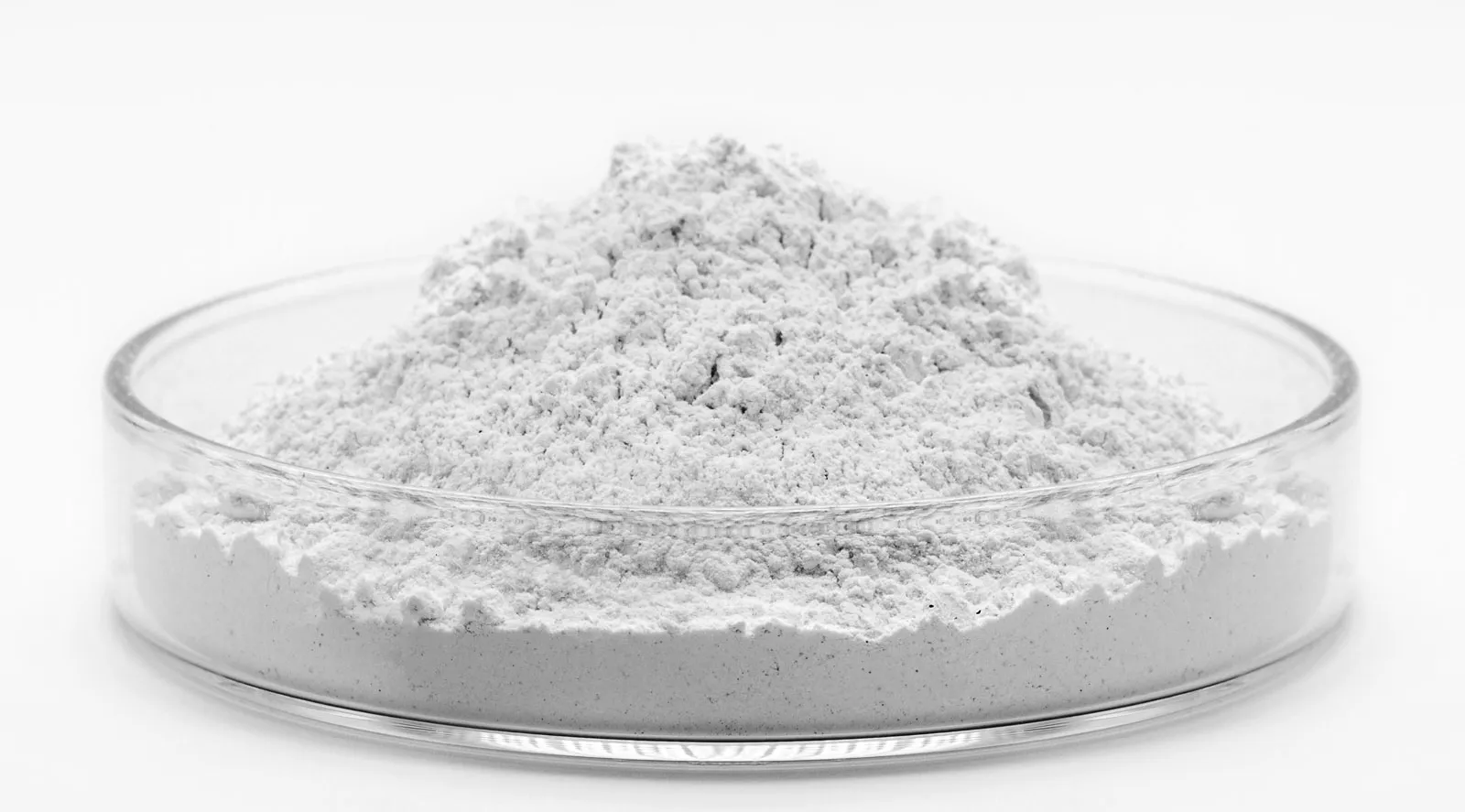

12. Sodium Metabisulphite
Sodium metabisulfite is a white crystalline powder that is commonly used as a preservative and antioxidant in various industries, including the food and beverage industry, the pharmaceutical industry, and the water treatment industry.
Sodium metabisulfite is composed of sodium, sulfur, and oxygen, and its chemical formula is Na2S2O5. It is soluble in water and is commonly used as a source of sulfur dioxide.
In the food and beverage industry, sodium metabisulfite is used as a preservative and antioxidant to prevent spoilage and discoloration of various food products, such as fruits, vegetables, and meats. It is also used in the production of various beverages, such as wine and beer, to prevent oxidation and to preserve flavor.
In the pharmaceutical industry, sodium metabisulfite is used as a reducing agent and as an antioxidant in various medicines, such as epinephrine injectables and oral suspensions.
In the water treatment industry, sodium metabisulfite is used as a dechlorinating agent and as a reducing agent in the treatment of wastewater and in the purification of drinking water.
Sodium metabisulfite is generally considered safe for use in the applications for which it is intended. However, it can cause irritation to the skin, eyes, and respiratory system if it is inhaled or comes into contact with these tissues in large quantities. It is important to handle and use sodium metabisulfite products with care and to follow all safety instructions provided.
Sodium metabisulfite is composed of sodium, sulfur, and oxygen, and its chemical formula is Na2S2O5. It is soluble in water and is commonly used as a source of sulfur dioxide.
In the food and beverage industry, sodium metabisulfite is used as a preservative and antioxidant to prevent spoilage and discoloration of various food products, such as fruits, vegetables, and meats. It is also used in the production of various beverages, such as wine and beer, to prevent oxidation and to preserve flavor.
In the pharmaceutical industry, sodium metabisulfite is used as a reducing agent and as an antioxidant in various medicines, such as epinephrine injectables and oral suspensions.
In the water treatment industry, sodium metabisulfite is used as a dechlorinating agent and as a reducing agent in the treatment of wastewater and in the purification of drinking water.
Sodium metabisulfite is generally considered safe for use in the applications for which it is intended. However, it can cause irritation to the skin, eyes, and respiratory system if it is inhaled or comes into contact with these tissues in large quantities. It is important to handle and use sodium metabisulfite products with care and to follow all safety instructions provided.
13. SLS Powder
SLS powder, or sodium lauryl sulfate powder, is a common ingredient in many personal care and cleaning products. It is a type of surfactant, which means it helps to reduce the surface tension of a liquid, allowing it to spread more easily and create foam or bubbles.
In personal care products such as shampoos, toothpaste, and body washes, SLS powder is used to create a lathering effect that helps to remove dirt and oil from the skin and hair. In cleaning products, it is used as a degreaser and stain remover.
However, SLS powder has been known to cause skin irritation in some people, particularly those with sensitive skin. It can also strip the natural oils from the skin and hair, leading to dryness and damage. Therefore, some people prefer to use products that do not contain SLS or opt for gentler, sulfate-free alternatives.
It's important to note that SLS powder is considered safe for use in personal care and cleaning products when used in appropriate concentrations. The use of SLS in products is regulated by various health and safety organizations, and manufacturers must comply with these regulations to ensure their products are safe for consumer use.
In personal care products such as shampoos, toothpaste, and body washes, SLS powder is used to create a lathering effect that helps to remove dirt and oil from the skin and hair. In cleaning products, it is used as a degreaser and stain remover.
However, SLS powder has been known to cause skin irritation in some people, particularly those with sensitive skin. It can also strip the natural oils from the skin and hair, leading to dryness and damage. Therefore, some people prefer to use products that do not contain SLS or opt for gentler, sulfate-free alternatives.
It's important to note that SLS powder is considered safe for use in personal care and cleaning products when used in appropriate concentrations. The use of SLS in products is regulated by various health and safety organizations, and manufacturers must comply with these regulations to ensure their products are safe for consumer use.
![[GetPaidStock.com]-613b3e9b9d225 https://primeglobal.pk/wp-content/uploads/2021/09/GetPaidStock.com-613b3e9b9d225.jpg](https://primeglobal.pk/wp-content/uploads/2021/09/GetPaidStock.com-613b3e9b9d225.jpg)
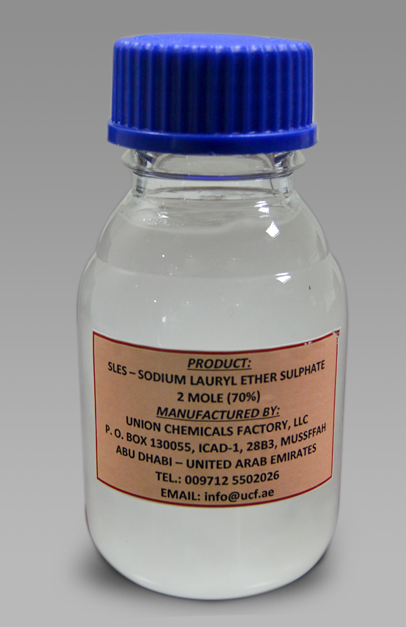
14. SLES 70%
SLES 70%, or sodium lauryl ether sulfate 70%, is a chemical compound that is commonly used as a surfactant in various personal care and cleaning products. It is derived from coconut oil and is considered a milder and less irritating alternative to sodium lauryl sulfate (SLS).
SLES 70% is used in a wide range of products, including shampoos, body washes, facial cleansers, and laundry detergents. It works by breaking down the surface tension of water and allowing it to spread more easily, which helps to remove dirt, oil, and other impurities from the skin or fabric.
Like SLS, SLES 70% can cause skin irritation in some people, particularly those with sensitive skin. It is also important to note that SLES can be contaminated with a byproduct called 1,4-dioxane, which is a potential carcinogen. However, the level of 1,4-dioxane in SLES is typically very low, and the use of SLES in products is regulated by various health and safety organizations.
Overall, SLES 70% is considered safe for use in personal care and cleaning products when used in appropriate concentrations and in compliance with regulatory standards.
SLES 70% is used in a wide range of products, including shampoos, body washes, facial cleansers, and laundry detergents. It works by breaking down the surface tension of water and allowing it to spread more easily, which helps to remove dirt, oil, and other impurities from the skin or fabric.
Like SLS, SLES 70% can cause skin irritation in some people, particularly those with sensitive skin. It is also important to note that SLES can be contaminated with a byproduct called 1,4-dioxane, which is a potential carcinogen. However, the level of 1,4-dioxane in SLES is typically very low, and the use of SLES in products is regulated by various health and safety organizations.
Overall, SLES 70% is considered safe for use in personal care and cleaning products when used in appropriate concentrations and in compliance with regulatory standards.
15. Alpha Olefin Sulphate
Alpha olefin sulfates (AOS) are a type of anionic surfactant that is commonly used in a wide range of personal care and cleaning products. They are derived from alpha olefins, which are a type of unsaturated hydrocarbon that is produced by the oligomerization of ethylene.
AOS is highly effective at removing dirt, oil, and other impurities from the skin or fabric, and is often used in products such as shampoos, body washes, and laundry detergents. It is also considered a mild and gentle surfactant, and is less likely to cause skin irritation or dryness compared to other types of surfactants like sodium lauryl sulfate (SLS).
AOS is biodegradable and is considered environmentally friendly. It is also compatible with a wide range of other ingredients, and can be easily incorporated into various formulations.
Overall, alpha olefin sulfates are considered safe for use in personal care and cleaning products when used in appropriate concentrations and in compliance with regulatory standards. However, as with any product, it is important to read labels and use products according to their instructions, and to discontinue use if any irritation or adverse reactions occur.
AOS is highly effective at removing dirt, oil, and other impurities from the skin or fabric, and is often used in products such as shampoos, body washes, and laundry detergents. It is also considered a mild and gentle surfactant, and is less likely to cause skin irritation or dryness compared to other types of surfactants like sodium lauryl sulfate (SLS).
AOS is biodegradable and is considered environmentally friendly. It is also compatible with a wide range of other ingredients, and can be easily incorporated into various formulations.
Overall, alpha olefin sulfates are considered safe for use in personal care and cleaning products when used in appropriate concentrations and in compliance with regulatory standards. However, as with any product, it is important to read labels and use products according to their instructions, and to discontinue use if any irritation or adverse reactions occur.
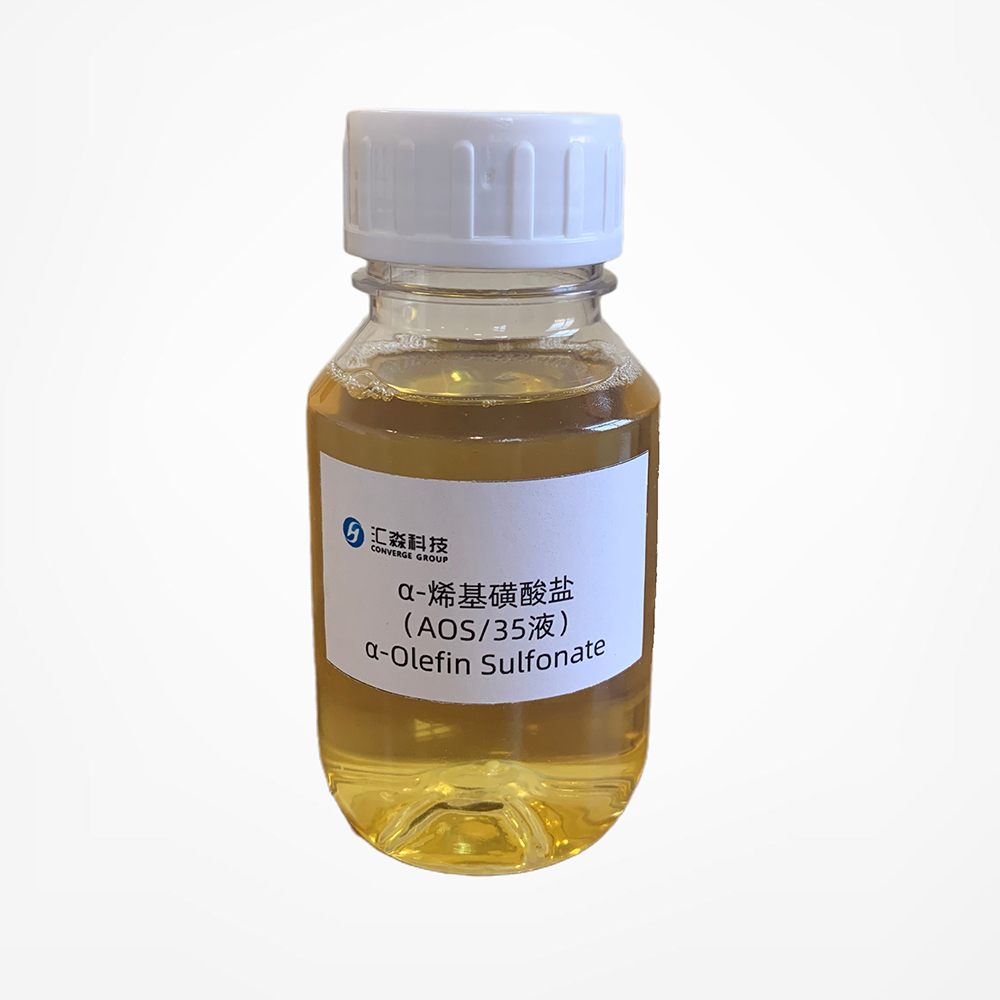

16. Magnesium Carbonate
Magnesium carbonate is a white, odorless, and tasteless powder that is commonly used in a variety of industries, including the food, pharmaceutical, and cosmetic industries.
In the food industry, magnesium carbonate is often used as a food additive to prevent caking, improve texture, and as a source of magnesium. It can be found in products such as salt substitutes, baking powder, and antacids.
In the pharmaceutical industry, magnesium carbonate is used as an antacid to neutralize stomach acid and relieve indigestion and heartburn. It is also used as a laxative to treat constipation.
In the cosmetic industry, magnesium carbonate is used as an absorbent to help control oil and sweat production, and as a bulking agent in powders and pressed products.
Magnesium carbonate is generally considered safe for use when used as directed. However, excessive consumption can cause gastrointestinal issues such as diarrhea, and those with kidney disease or other medical conditions should consult with a healthcare professional before using magnesium carbonate supplements.
In the food industry, magnesium carbonate is often used as a food additive to prevent caking, improve texture, and as a source of magnesium. It can be found in products such as salt substitutes, baking powder, and antacids.
In the pharmaceutical industry, magnesium carbonate is used as an antacid to neutralize stomach acid and relieve indigestion and heartburn. It is also used as a laxative to treat constipation.
In the cosmetic industry, magnesium carbonate is used as an absorbent to help control oil and sweat production, and as a bulking agent in powders and pressed products.
Magnesium carbonate is generally considered safe for use when used as directed. However, excessive consumption can cause gastrointestinal issues such as diarrhea, and those with kidney disease or other medical conditions should consult with a healthcare professional before using magnesium carbonate supplements.
17. Carboxymethyl Cellulose
Carboxymethyl cellulose (CMC) is a water-soluble polymer that is widely used in various industries, including the food, pharmaceutical, and cosmetic industries.
In the food industry, CMC is used as a thickener, stabilizer, and emulsifier in a variety of products such as baked goods, dairy products, and sauces. It can improve texture and mouthfeel, prevent syneresis, and improve freeze-thaw stability.
In the pharmaceutical industry, CMC is used as a binder, disintegrant, and suspending agent in tablets, capsules, and suspensions. It can also be used as a lubricant in topical formulations.
In the cosmetic industry, CMC is used as a thickener and emulsifier in lotions, creams, and other personal care products. It can help to improve the texture and stability of formulations.
CMC is generally considered safe for use when used as directed. However, it can cause gastrointestinal issues such as bloating and diarrhea when consumed in large amounts. It is important to consult with a healthcare professional before using CMC-containing products if you have any medical conditions or concerns.
In the food industry, CMC is used as a thickener, stabilizer, and emulsifier in a variety of products such as baked goods, dairy products, and sauces. It can improve texture and mouthfeel, prevent syneresis, and improve freeze-thaw stability.
In the pharmaceutical industry, CMC is used as a binder, disintegrant, and suspending agent in tablets, capsules, and suspensions. It can also be used as a lubricant in topical formulations.
In the cosmetic industry, CMC is used as a thickener and emulsifier in lotions, creams, and other personal care products. It can help to improve the texture and stability of formulations.
CMC is generally considered safe for use when used as directed. However, it can cause gastrointestinal issues such as bloating and diarrhea when consumed in large amounts. It is important to consult with a healthcare professional before using CMC-containing products if you have any medical conditions or concerns.

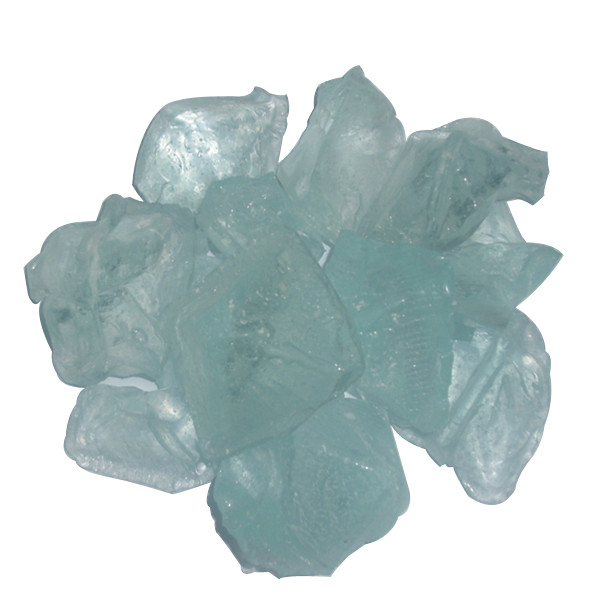
18. Sodium Silicate
Sodium silicate is a chemical compound that is commonly used in a variety of industrial applications, including as a binder, adhesive, and deflocculant. It is a colorless, odorless, and tasteless liquid or powder that is highly soluble in water.
Sodium silicate is used in the manufacturing of various products such as detergents, soaps, adhesives, and cements. It is also used in the pulp and paper industry as a paper sizing agent, and in the textile industry as a flame retardant and sizing agent.
In addition to its industrial uses, sodium silicate is also used in some consumer products such as toothpastes and deodorants. It can act as a binding agent in these products, helping to hold the various ingredients together.
Sodium silicate is generally considered safe for use when used as directed. However, it can be corrosive and irritating to the skin and eyes, and can cause gastrointestinal issues such as nausea and vomiting if ingested in large amounts. It is important to handle and use sodium silicate products with care and to follow all safety instructions provided.
Sodium silicate is used in the manufacturing of various products such as detergents, soaps, adhesives, and cements. It is also used in the pulp and paper industry as a paper sizing agent, and in the textile industry as a flame retardant and sizing agent.
In addition to its industrial uses, sodium silicate is also used in some consumer products such as toothpastes and deodorants. It can act as a binding agent in these products, helping to hold the various ingredients together.
Sodium silicate is generally considered safe for use when used as directed. However, it can be corrosive and irritating to the skin and eyes, and can cause gastrointestinal issues such as nausea and vomiting if ingested in large amounts. It is important to handle and use sodium silicate products with care and to follow all safety instructions provided.
19. Potassium Hydroxide
Potassium hydroxide (KOH) is a strong alkaline compound that is also known as caustic potash. It is a colorless or white solid that is highly soluble in water, and is commonly used in various industrial processes.
In the manufacturing industry, potassium hydroxide is used in the production of various chemicals such as detergents, fertilizers, and dyes. It is also used in the production of soaps, where it is used to saponify fats and oils.
In the food industry, potassium hydroxide is used as a pH regulator and in the production of certain types of foods such as cocoa powder and caramel.
Potassium hydroxide is also used in laboratories for a variety of purposes, such as in the preparation of reagents and in the synthesis of organic compounds.
However, potassium hydroxide is a highly caustic and reactive compound that can cause severe burns and irritation to the skin, eyes, and respiratory system if not handled properly. It should only be used by trained professionals who are familiar with its handling and safety procedures, and appropriate protective equipment should be worn when handling it.
In the manufacturing industry, potassium hydroxide is used in the production of various chemicals such as detergents, fertilizers, and dyes. It is also used in the production of soaps, where it is used to saponify fats and oils.
In the food industry, potassium hydroxide is used as a pH regulator and in the production of certain types of foods such as cocoa powder and caramel.
Potassium hydroxide is also used in laboratories for a variety of purposes, such as in the preparation of reagents and in the synthesis of organic compounds.
However, potassium hydroxide is a highly caustic and reactive compound that can cause severe burns and irritation to the skin, eyes, and respiratory system if not handled properly. It should only be used by trained professionals who are familiar with its handling and safety procedures, and appropriate protective equipment should be worn when handling it.
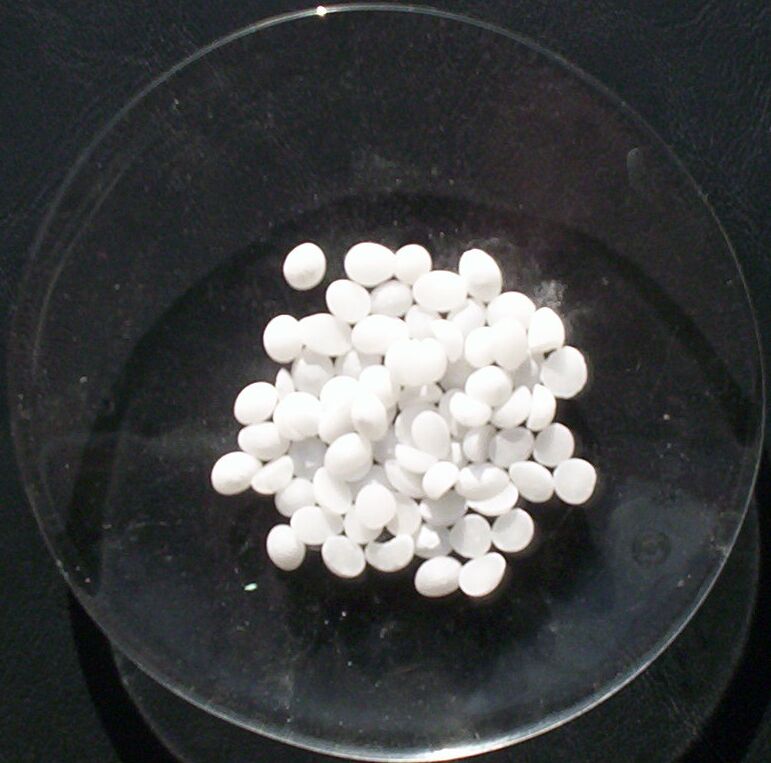
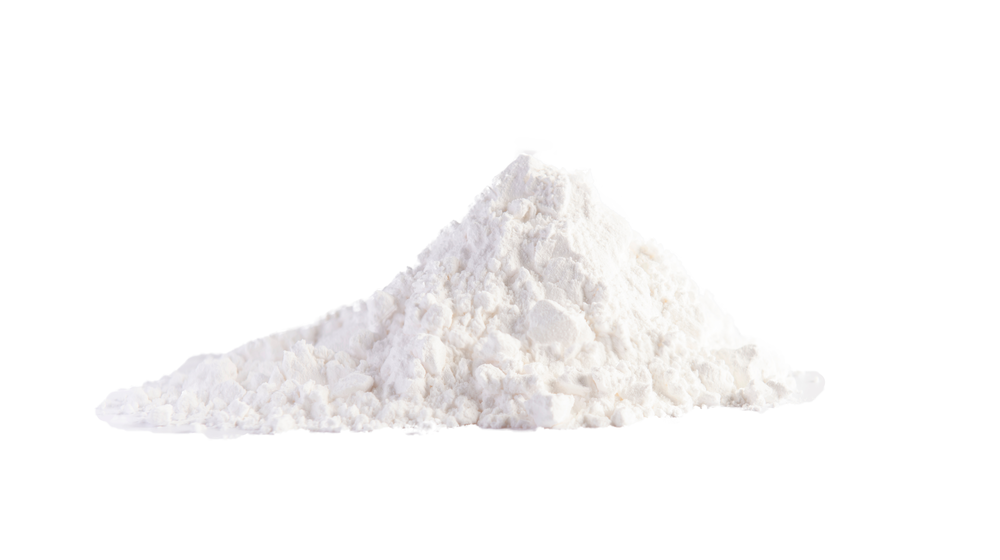
20. Zeolite
Zeolite 4A is a type of synthetic zeolite that is commonly used as a molecular sieve for adsorption and dehydration applications. It is made by ion-exchanging natural zeolite with sodium ions, followed by further ion-exchange with potassium ions to create the 4A crystal structure.
Zeolite 4A is often used in detergent formulations to replace phosphates, which are environmentally harmful. It is effective at removing calcium and magnesium ions, which cause water hardness and interfere with the cleaning process.
In addition to its use in detergents, zeolite 4A is also used in various other applications, including as an adsorbent in gas separation and purification, as a desiccant for moisture removal, and as a catalyst in chemical reactions.
Zeolite 4A is often used in detergent formulations to replace phosphates, which are environmentally harmful. It is effective at removing calcium and magnesium ions, which cause water hardness and interfere with the cleaning process.
In addition to its use in detergents, zeolite 4A is also used in various other applications, including as an adsorbent in gas separation and purification, as a desiccant for moisture removal, and as a catalyst in chemical reactions.
21. Zinc Ash
Zinc ash is a byproduct of the zinc refining process, which is generated when zinc metal is melted or vaporized. It is a fine grey or black powder that contains a high percentage of zinc oxide, as well as other impurities such as lead, cadmium, and iron.
Zinc ash is used in a variety of industrial applications, including in the production of zinc compounds, such as zinc oxide, zinc sulfate, and zinc chloride. It is also used as a raw material in the production of brass, which is an alloy of copper and zinc.
In addition, zinc ash is used as a fertilizer in agriculture, as it contains a high percentage of zinc, which is an essential micronutrient for plant growth. It can also be used in the manufacturing of rubber, paints, and ceramics.
Zinc ash is used in a variety of industrial applications, including in the production of zinc compounds, such as zinc oxide, zinc sulfate, and zinc chloride. It is also used as a raw material in the production of brass, which is an alloy of copper and zinc.
In addition, zinc ash is used as a fertilizer in agriculture, as it contains a high percentage of zinc, which is an essential micronutrient for plant growth. It can also be used in the manufacturing of rubber, paints, and ceramics.


22. Glycerine
Glycerine, also known as glycerol, is a colorless, odorless, and sweet-tasting liquid that is commonly used in a wide range of industries, including food, pharmaceuticals, and cosmetics.
Glycerine is a trihydroxy sugar alcohol that is a natural byproduct of the saponification of fats and oils. It can also be synthesized through the fermentation of sugar or other carbohydrates.
In the food industry, glycerine is used as a sweetener, humectant, and solvent. It is commonly found in baked goods, confectionery products, and beverages. It can also be used as a thickening agent and preservative.
In the pharmaceutical industry, glycerine is used as a solvent, lubricant, and humectant. It is commonly found in cough syrups, ointments, and suppositories.
In the cosmetic industry, glycerine is used as a humectant, emollient, and solvent. It is commonly found in skin care products, hair care products, and cosmetics.
Glycerine is a trihydroxy sugar alcohol that is a natural byproduct of the saponification of fats and oils. It can also be synthesized through the fermentation of sugar or other carbohydrates.
In the food industry, glycerine is used as a sweetener, humectant, and solvent. It is commonly found in baked goods, confectionery products, and beverages. It can also be used as a thickening agent and preservative.
In the pharmaceutical industry, glycerine is used as a solvent, lubricant, and humectant. It is commonly found in cough syrups, ointments, and suppositories.
In the cosmetic industry, glycerine is used as a humectant, emollient, and solvent. It is commonly found in skin care products, hair care products, and cosmetics.
23. Hydrochloric Acid
Hydrochloric acid, also known as muriatic acid, is a strong and highly corrosive acid that is commonly used in various industries, including the chemical, metal processing, and food industries.
Hydrochloric acid is a clear, colorless liquid with a pungent odor. It is highly soluble in water and can dissolve many metals, making it useful in metal cleaning and etching applications. It is also used in the production of various chemicals, such as vinyl chloride and polyvinyl chloride (PVC).
In the food industry, hydrochloric acid is used as a food additive and as an acidifier for various foods, such as pickles and cheese. It is also used in the production of various food ingredients, such as high-fructose corn syrup and citric acid.
Hydrochloric acid can be hazardous if not handled properly. It is highly corrosive and can cause severe burns to the skin and eyes. Inhalation of hydrochloric acid fumes can also cause respiratory irritation and damage. It is important to handle and use hydrochloric acid with care and to follow all safety instructions provided, including wearing appropriate protective equipment such as gloves and goggles.
Hydrochloric acid is a clear, colorless liquid with a pungent odor. It is highly soluble in water and can dissolve many metals, making it useful in metal cleaning and etching applications. It is also used in the production of various chemicals, such as vinyl chloride and polyvinyl chloride (PVC).
In the food industry, hydrochloric acid is used as a food additive and as an acidifier for various foods, such as pickles and cheese. It is also used in the production of various food ingredients, such as high-fructose corn syrup and citric acid.
Hydrochloric acid can be hazardous if not handled properly. It is highly corrosive and can cause severe burns to the skin and eyes. Inhalation of hydrochloric acid fumes can also cause respiratory irritation and damage. It is important to handle and use hydrochloric acid with care and to follow all safety instructions provided, including wearing appropriate protective equipment such as gloves and goggles.
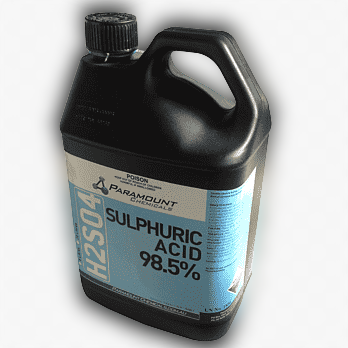

24. Ethanol
Ethanol, also known as ethyl alcohol, is a clear, colorless liquid that is commonly used as a solvent and as a fuel in various industries, including the chemical, pharmaceutical, and automotive industries.
Ethanol is produced through the fermentation of sugars and starches found in crops such as corn, wheat, and sugarcane. It can also be produced through the hydration of ethylene gas.
In the chemical industry, ethanol is used as a solvent in the production of various chemicals, such as acetic acid, ethyl acetate, and various esters. It is also used in the manufacturing of personal care products, such as perfumes and deodorants.
In the pharmaceutical industry, ethanol is used as a solvent and as a disinfectant. It is commonly found in various medicines, such as cough syrups and painkillers.
In the automotive industry, ethanol is blended with gasoline to produce ethanol fuel, which is used as a renewable fuel source. Ethanol fuel is commonly used in flexible fuel vehicles, which can run on blends of ethanol and gasoline.
Ethanol is generally considered safe for use in the applications for which it is intended. However, it can be flammable and should be handled and stored with care. Ethanol can also cause irritation to the skin, eyes, and respiratory system if it is inhaled or comes into contact with these tissues. It is important to handle and use ethanol products with care and to follow all safety instructions provided.
Ethanol is produced through the fermentation of sugars and starches found in crops such as corn, wheat, and sugarcane. It can also be produced through the hydration of ethylene gas.
In the chemical industry, ethanol is used as a solvent in the production of various chemicals, such as acetic acid, ethyl acetate, and various esters. It is also used in the manufacturing of personal care products, such as perfumes and deodorants.
In the pharmaceutical industry, ethanol is used as a solvent and as a disinfectant. It is commonly found in various medicines, such as cough syrups and painkillers.
In the automotive industry, ethanol is blended with gasoline to produce ethanol fuel, which is used as a renewable fuel source. Ethanol fuel is commonly used in flexible fuel vehicles, which can run on blends of ethanol and gasoline.
Ethanol is generally considered safe for use in the applications for which it is intended. However, it can be flammable and should be handled and stored with care. Ethanol can also cause irritation to the skin, eyes, and respiratory system if it is inhaled or comes into contact with these tissues. It is important to handle and use ethanol products with care and to follow all safety instructions provided.
25. Calcium Carbonate
Calcium carbonate is a chemical compound that is commonly found in nature in the form of rocks, such as limestone, marble, and chalk. It is also used in various industries, including the food, pharmaceutical, and construction industries.
Calcium carbonate has a white, odorless powder-like appearance and is insoluble in water. It is composed of calcium ions and carbonate ions, and its chemical formula is CaCO3.
In the food industry, calcium carbonate is used as a food additive and as a dietary supplement. It is commonly found in various foods, such as baked goods, dairy products, and beverages. It is also used as an anti-caking agent and as a source of calcium in various food products.
In the pharmaceutical industry, calcium carbonate is used as an antacid and as a calcium supplement. It is commonly found in various over-the-counter antacid products, such as Tums and Rolaids.
In the construction industry, calcium carbonate is used as a building material and as a filler in various products, such as paint and plastics. It is also used in the production of cement and as a soil conditioner in agriculture.
Calcium carbonate is generally considered safe for use in the applications for which it is intended. However, it can cause irritation to the skin, eyes, and respiratory system if it is inhaled or comes into contact with these tissues in large quantities. It is important to handle and use calcium carbonate products with care and to follow all safety instructions provided.
Calcium carbonate has a white, odorless powder-like appearance and is insoluble in water. It is composed of calcium ions and carbonate ions, and its chemical formula is CaCO3.
In the food industry, calcium carbonate is used as a food additive and as a dietary supplement. It is commonly found in various foods, such as baked goods, dairy products, and beverages. It is also used as an anti-caking agent and as a source of calcium in various food products.
In the pharmaceutical industry, calcium carbonate is used as an antacid and as a calcium supplement. It is commonly found in various over-the-counter antacid products, such as Tums and Rolaids.
In the construction industry, calcium carbonate is used as a building material and as a filler in various products, such as paint and plastics. It is also used in the production of cement and as a soil conditioner in agriculture.
Calcium carbonate is generally considered safe for use in the applications for which it is intended. However, it can cause irritation to the skin, eyes, and respiratory system if it is inhaled or comes into contact with these tissues in large quantities. It is important to handle and use calcium carbonate products with care and to follow all safety instructions provided.
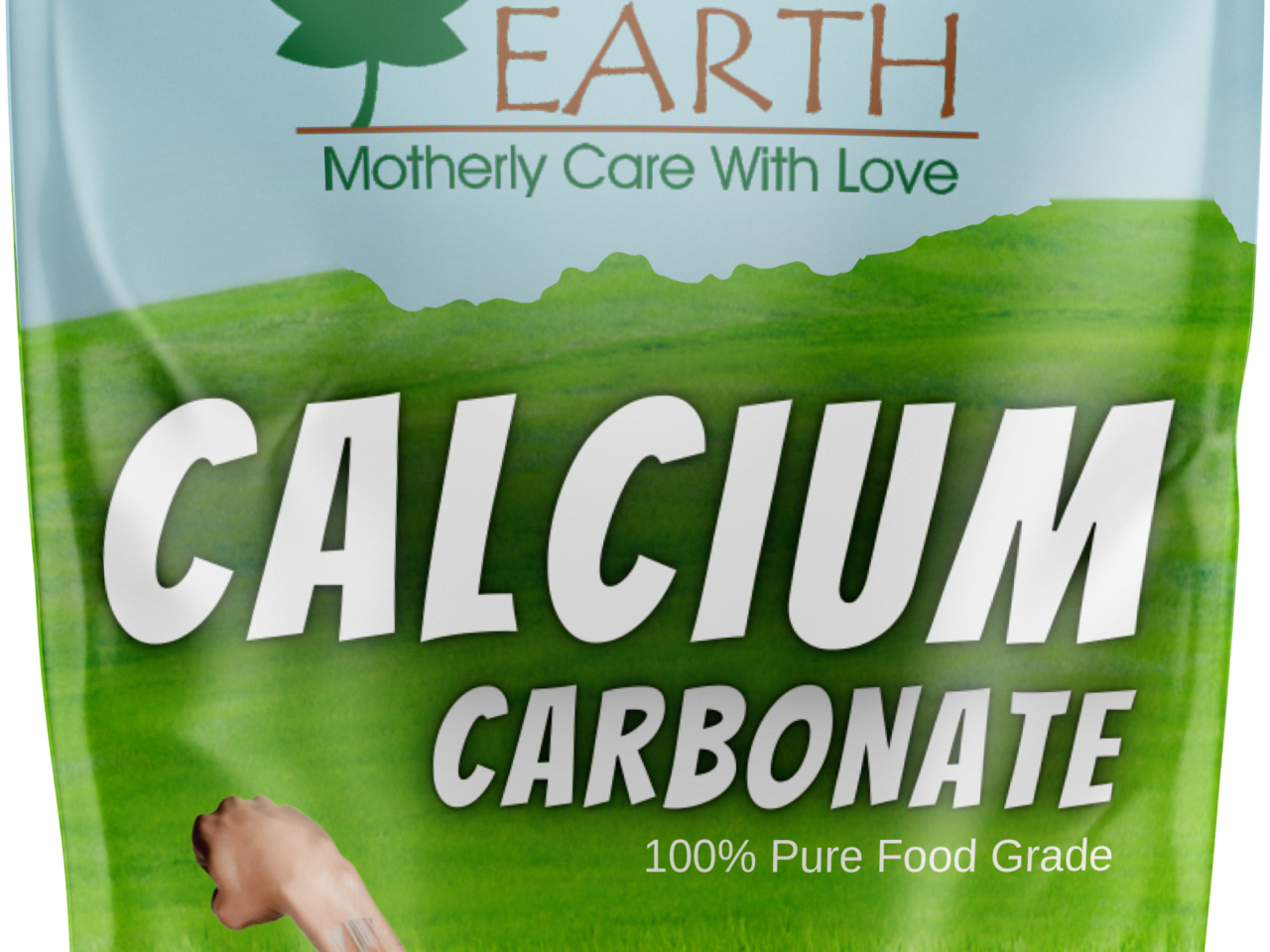
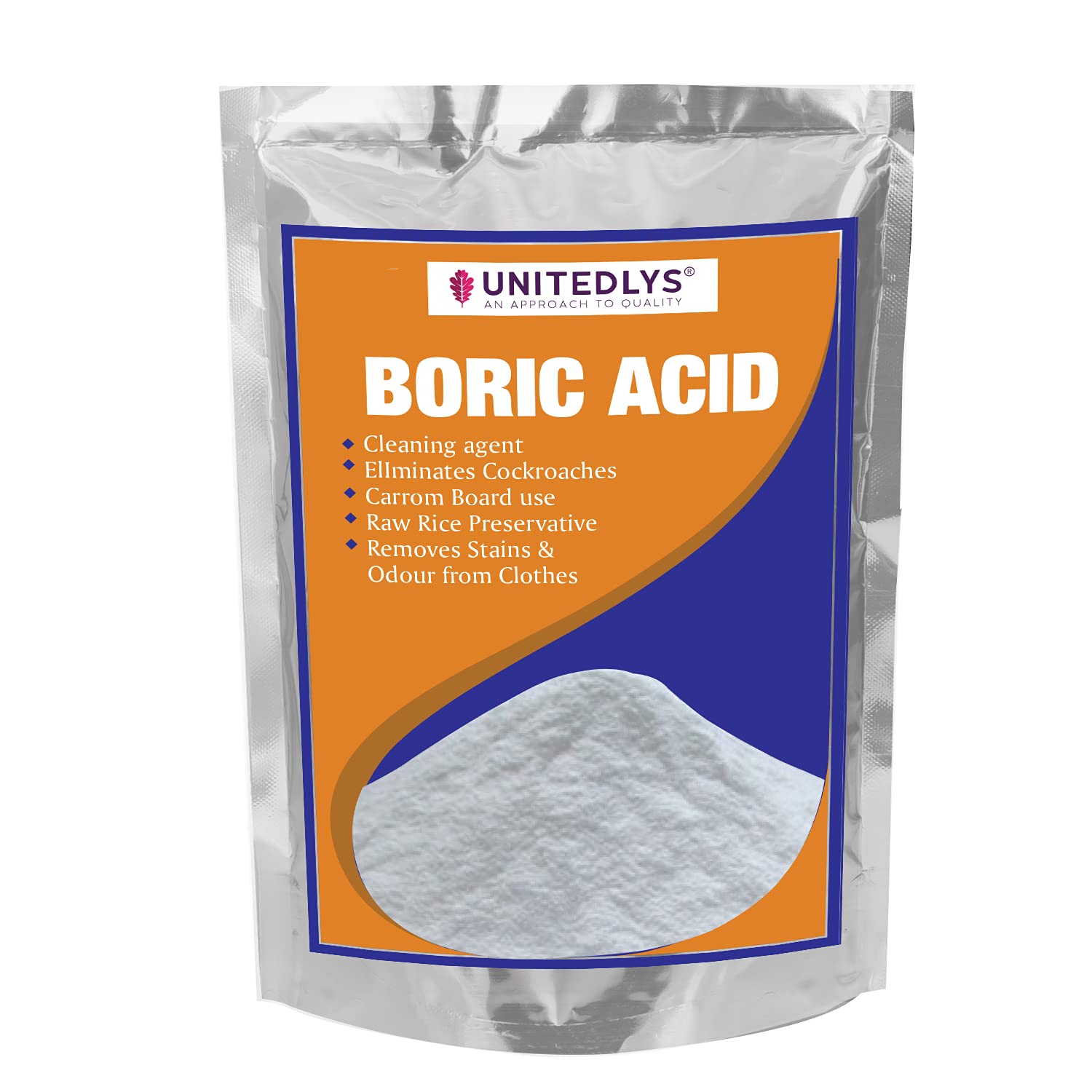
26. Boric Acid
Boric acid is a weak, monobasic acid that is composed of boron, oxygen, and hydrogen. It is commonly used in various industries, including the pharmaceutical, cosmetic, and pest control industries.
Boric acid has a white crystalline appearance and is soluble in water. Its chemical formula is H3BO3.
In the pharmaceutical industry, boric acid is used as an antiseptic and as a treatment for various skin conditions, such as acne and psoriasis. It is also used as an eye wash and as an ear drop solution.
In the cosmetic industry, boric acid is used as a preservative and as a pH adjuster in various personal care products, such as lotions and creams.
In the pest control industry, boric acid is used as a pesticide and as a treatment for insect infestations, such as cockroaches and ants. It is also used in the treatment of wood to prevent termite infestations.
Boric acid is generally considered safe for use in the applications for which it is intended. However, it can be toxic if ingested or if it comes into contact with the skin in large quantities. It is important to handle and use boric acid products with care and to follow all safety instructions provided.
Boric acid has a white crystalline appearance and is soluble in water. Its chemical formula is H3BO3.
In the pharmaceutical industry, boric acid is used as an antiseptic and as a treatment for various skin conditions, such as acne and psoriasis. It is also used as an eye wash and as an ear drop solution.
In the cosmetic industry, boric acid is used as a preservative and as a pH adjuster in various personal care products, such as lotions and creams.
In the pest control industry, boric acid is used as a pesticide and as a treatment for insect infestations, such as cockroaches and ants. It is also used in the treatment of wood to prevent termite infestations.
Boric acid is generally considered safe for use in the applications for which it is intended. However, it can be toxic if ingested or if it comes into contact with the skin in large quantities. It is important to handle and use boric acid products with care and to follow all safety instructions provided.
27. Amine Oxides
Amine oxides are a class of organic compounds that contain an amine functional group and an oxygen atom bonded to the same carbon atom. They are versatile compounds that have many uses in various fields, including:
1. Surfactants: Amine oxides are used as surfactants in many cleaning and personal care products due to their ability to lower the surface tension of liquids and help to emulsify oils and dirt. They are commonly used in dishwashing detergents, laundry detergents, and shampoos.
2. Polymerization: Amine oxides can act as a co-monomer in the polymerization of vinyl acetate, vinyl chloride, and other monomers. They can also be used as stabilizers for polymerization reactions.
3. Chemical intermediates: Amine oxides are used as intermediates in the synthesis of various chemicals, such as surfactants, plasticizers, and pharmaceuticals.
4. Solvents: Amine oxides can be used as solvents in various applications, such as in the production of polymers and in the formulation of agricultural chemicals.
5. Textile industry: Amine oxides are used as softeners, leveling agents, and dyeing assistants in the textile industry.
Overall, amine oxides have a wide range of applications in different industries due to their versatile properties, including their ability to act as surfactants, co-monomers, chemical intermediates, solvents, and textile additives.
1. Surfactants: Amine oxides are used as surfactants in many cleaning and personal care products due to their ability to lower the surface tension of liquids and help to emulsify oils and dirt. They are commonly used in dishwashing detergents, laundry detergents, and shampoos.
2. Polymerization: Amine oxides can act as a co-monomer in the polymerization of vinyl acetate, vinyl chloride, and other monomers. They can also be used as stabilizers for polymerization reactions.
3. Chemical intermediates: Amine oxides are used as intermediates in the synthesis of various chemicals, such as surfactants, plasticizers, and pharmaceuticals.
4. Solvents: Amine oxides can be used as solvents in various applications, such as in the production of polymers and in the formulation of agricultural chemicals.
5. Textile industry: Amine oxides are used as softeners, leveling agents, and dyeing assistants in the textile industry.
Overall, amine oxides have a wide range of applications in different industries due to their versatile properties, including their ability to act as surfactants, co-monomers, chemical intermediates, solvents, and textile additives.
